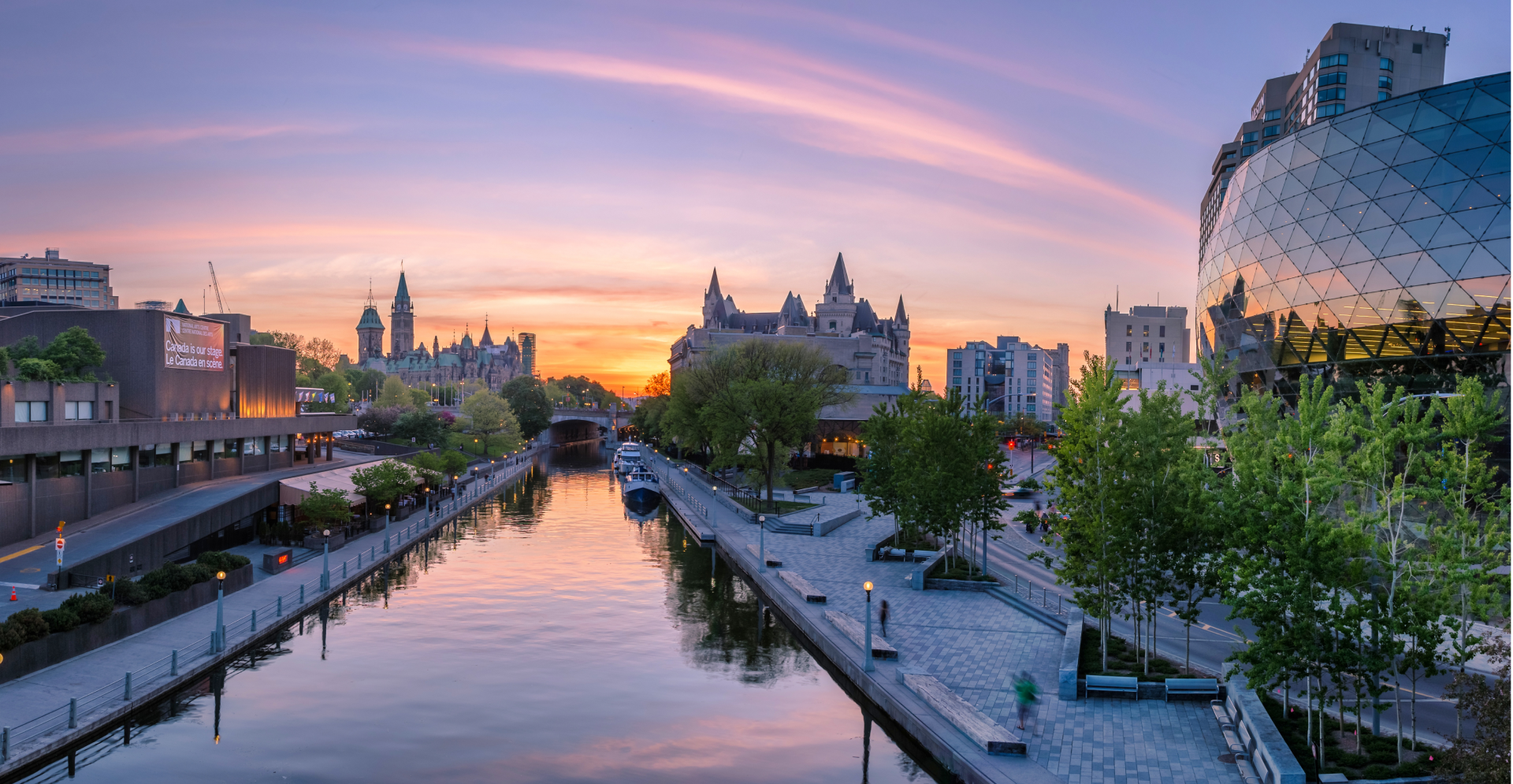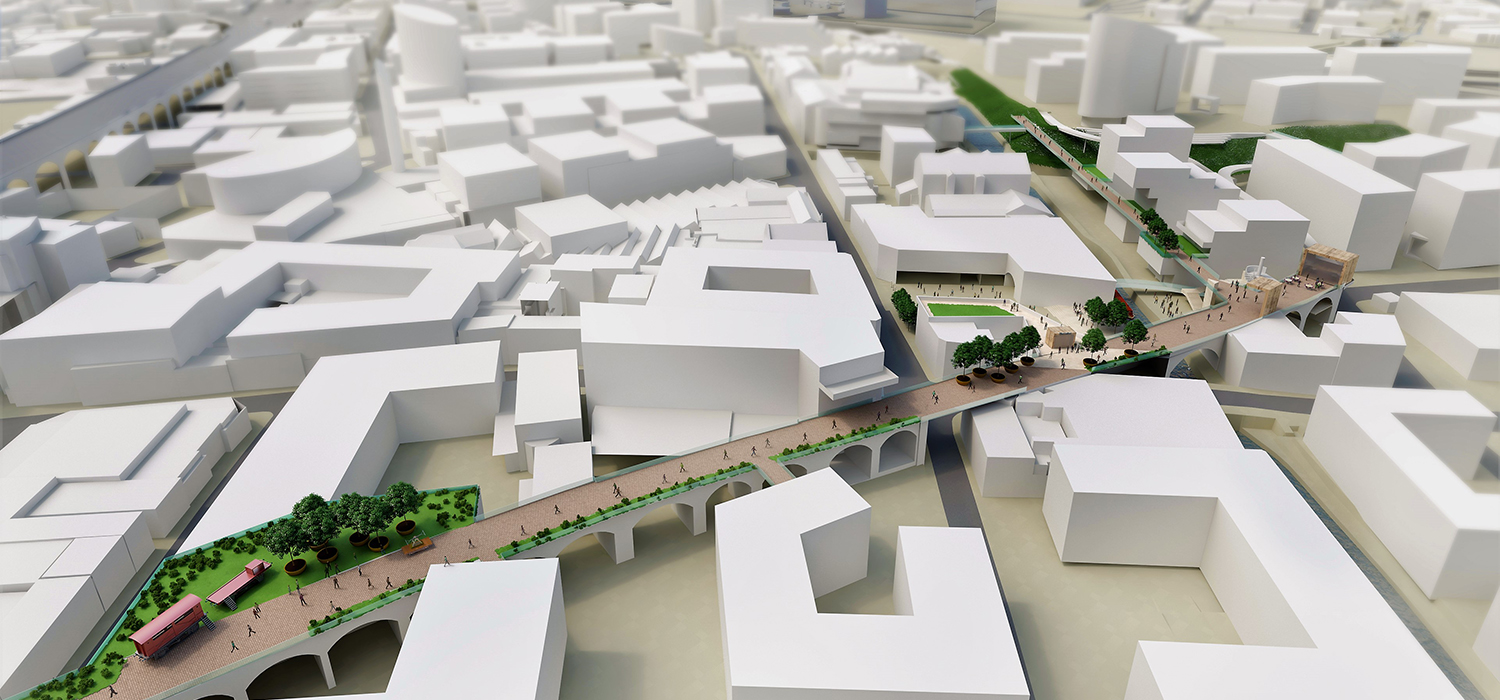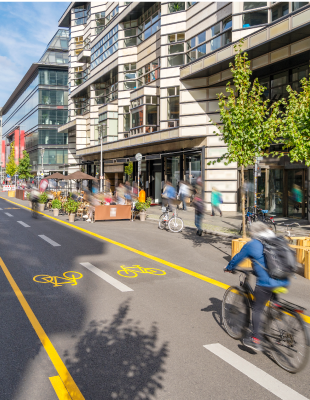Table of Contents
The challenge
Ottawa is growing with rapidly evolving travel patterns and aims to become the most liveable mid-sized city in North America.
50%
The City of Ottawa’s population is expected to surpass 1.4 million people by 2046 and aims to be more liveable, affordable, equitable, and resilient to change. With changes to working and commuting patterns, the City aims to have a flexible, dependable, safe, and efficient transportation network for moving people and goods across the city. The City is updating its Transportation Master Plan (TMP), a supporting document to the Official Plan, to achieve its transportation goals.
The solution
We are providing a plan that outlines the policies, programs, and investments to guide how people and goods will move around the city.
100%
Working together with three levels of government and a very engaged public, we are delivering an action-oriented transportation framework for the City to evolve its transportation system. It is comprised of two main parts: a policy document and a capital infrastructure plan.
The first part outlines overall transportation policies for the city, with themes of resilience, equity, health, and regional competitiveness. Additionally, focused policies are provided with themes highlighting active transportation, transit, curb management, and freight movement. Combined with specific actions, initiatives, and programs, this plan sets out concrete steps to meet the City's objectives.
-
Read more
Key solutions presented in the TMP include developing mode share targets for different parts of the City, creating 15‑minute neighborhoods, creating neighborhood shortcuts, encouraging cycling use and safety through complete streets and protected intersections, improving connectivity near transit stations, managing the curb-side for efficient goods movement, leveraging human-powered delivery options, and avoiding development in environmentally-sensitive areas. The health and safety of children will be promoted through the implementation of walk-to-school programs and school streets. The City now also sets out defined steps to advance social equity through the identification and prioritization of mobility options for equity-deserving groups and neighborhoods.
Additionally, we have developed project evaluation frameworks to determine which projects take priority to meet the City’s objectives. Supported by transportation modeling, these frameworks will support the capital infrastructure plan, which will outline which projects to invest in, in what order the projects should be implemented, the timing of each project implementation, and the cost of each project. We also aim to forecast the long-term impacts of the COVID-19 pandemic through its impacts on hybrid working options and shifting travel behaviors, as well as anticipating new technologies such as electric vehicles, autonomous vehicles, and micro-mobility options.
The impact
Residents will have well-connected, affordable, and greener travel options, and the city will be more resilient.
15 minutes
The strategic plan serves as the guiding document for how people and goods will move around the city. By 2046, 50% of all trips in the city will be made by sustainable modes, such as walking, cycling, and transit, which will be made possible by the policies, programs, and projects set out in the TMP. It will be safer to get around using these modes, and increased active use will make people healthier and allow for mobility options for people of all ages and abilities. Freeing up road space allows those who must drive to continue driving, and it allows freight to move around more efficiently. Kids will be encouraged to walk or bike to school, and more deliveries will be done with less emissions and positive health impacts. In addition, land use will be influenced by the transportation network, and new developments will be connected to the rest of the system, creating transit-oriented communities.
Not done reading?
This also might be interesting for you
- Related Projects
- Related Insights
- Related Blogs






